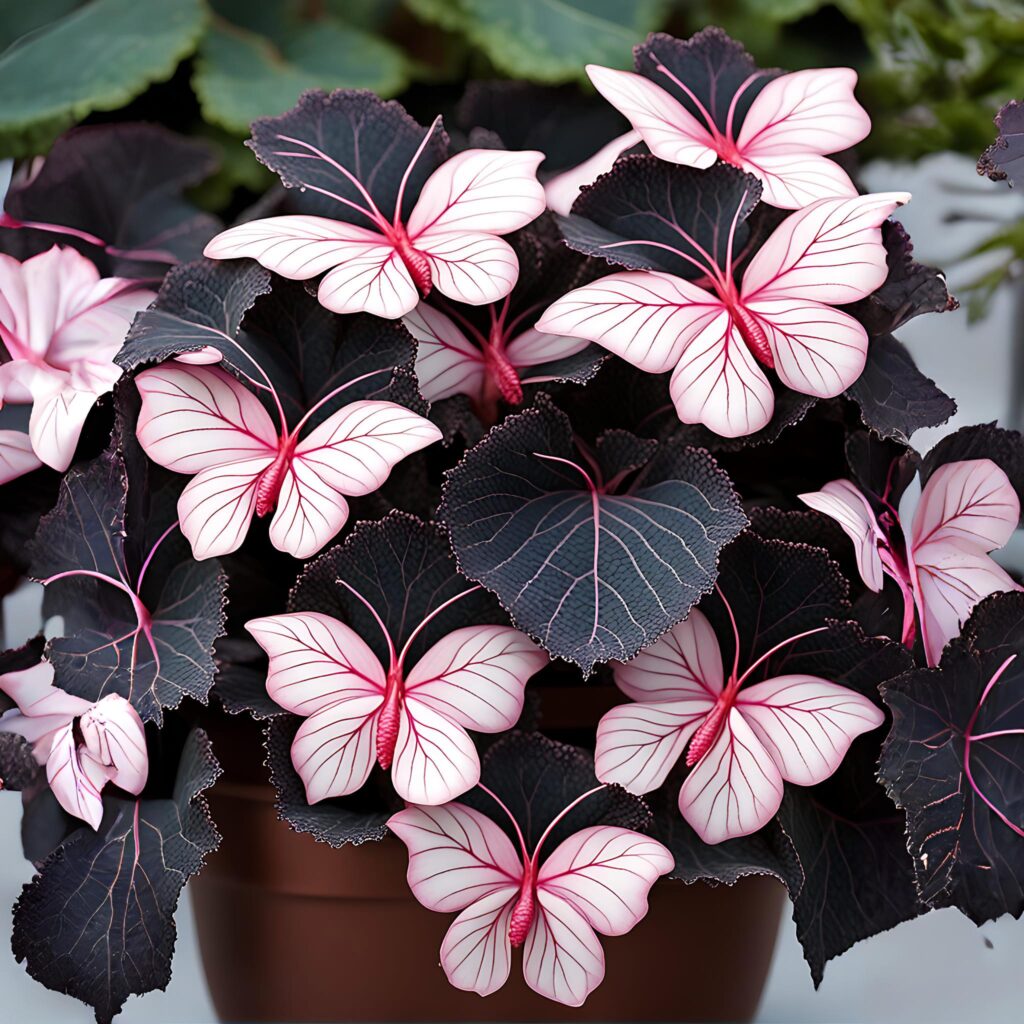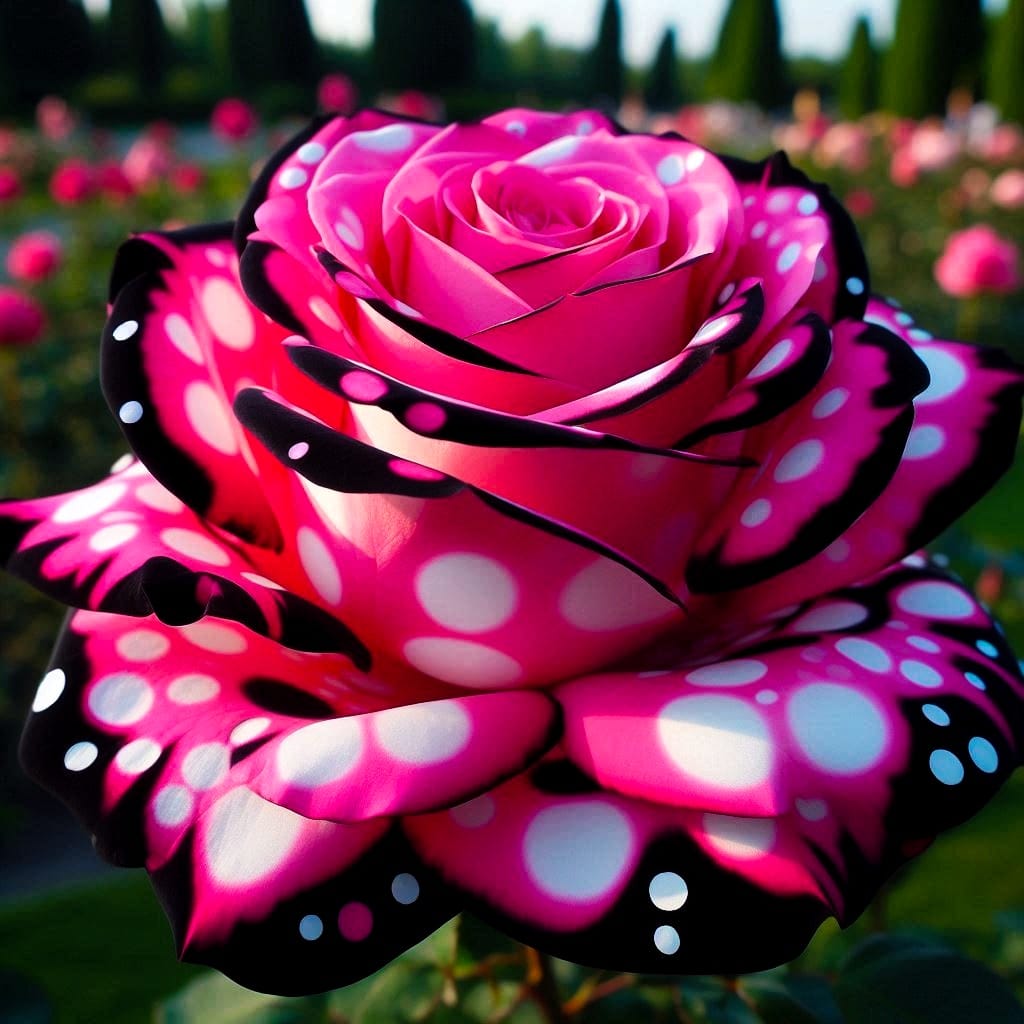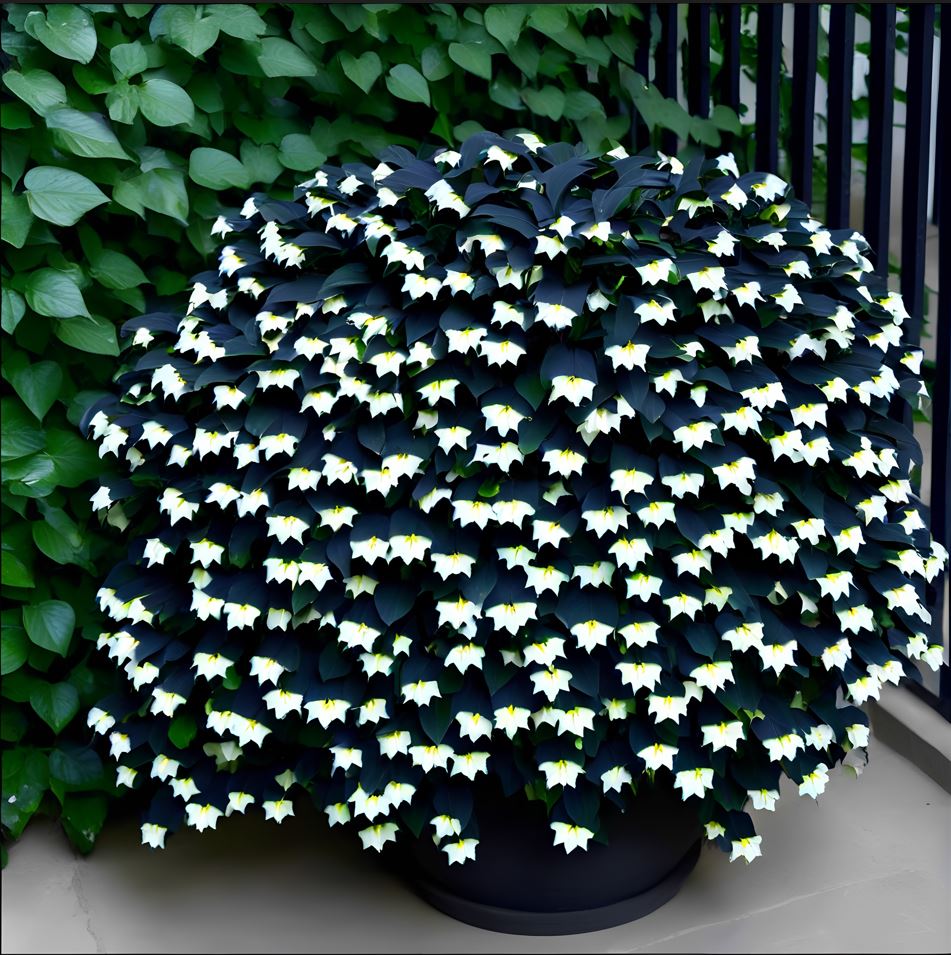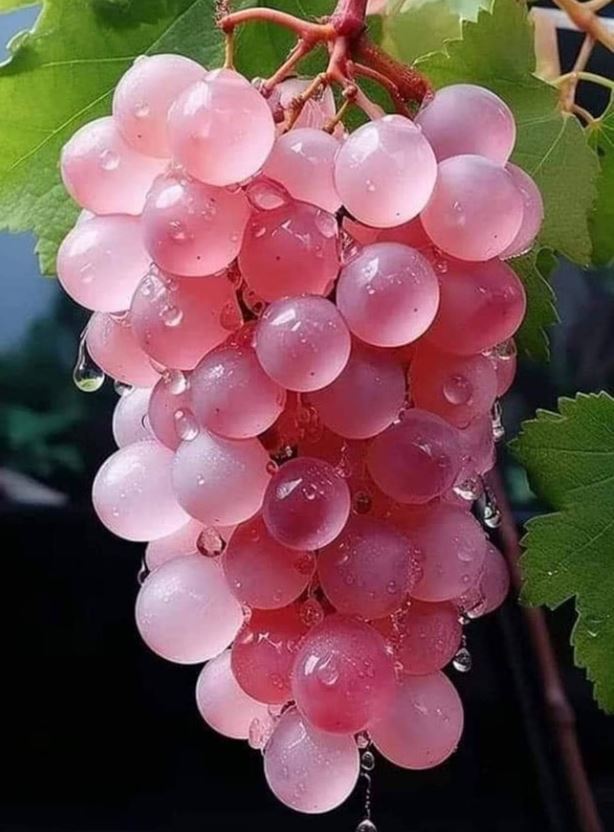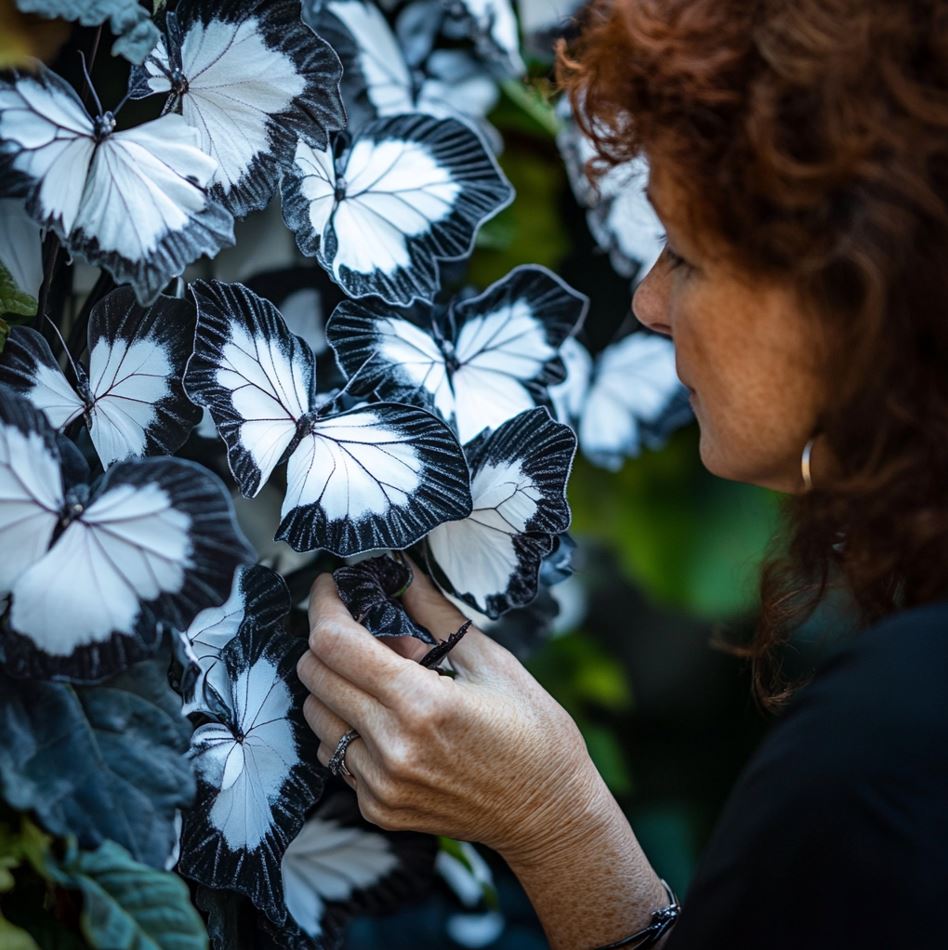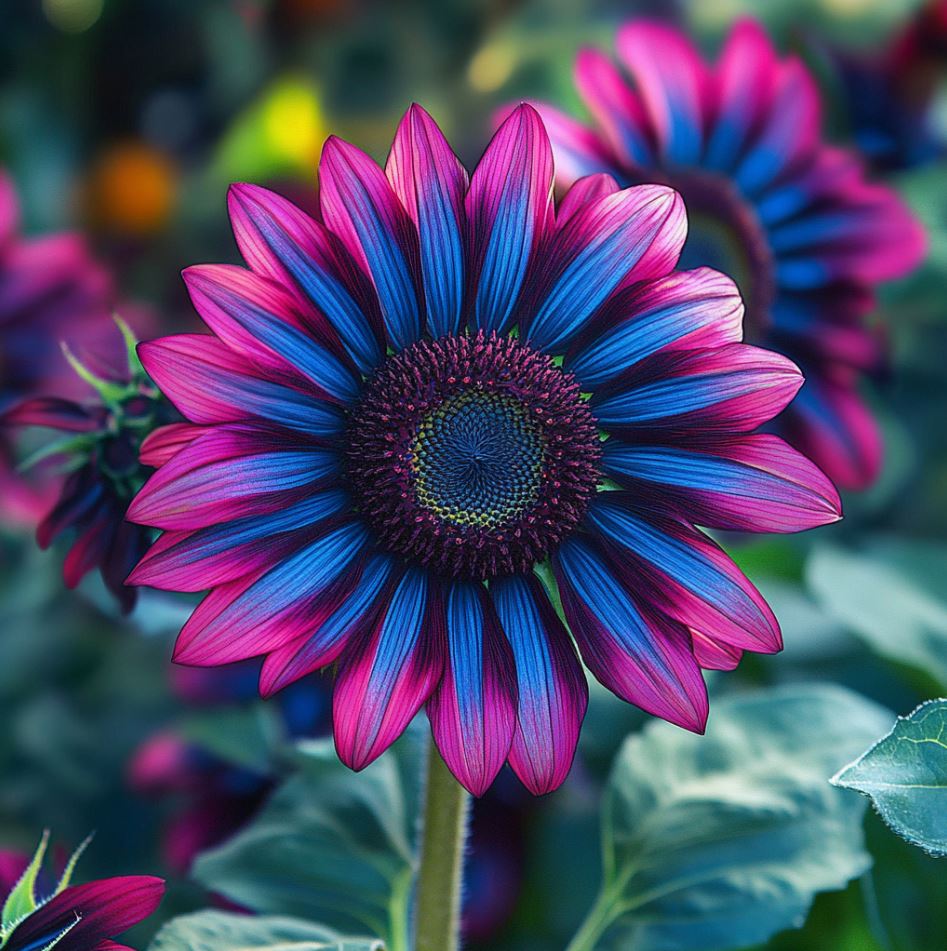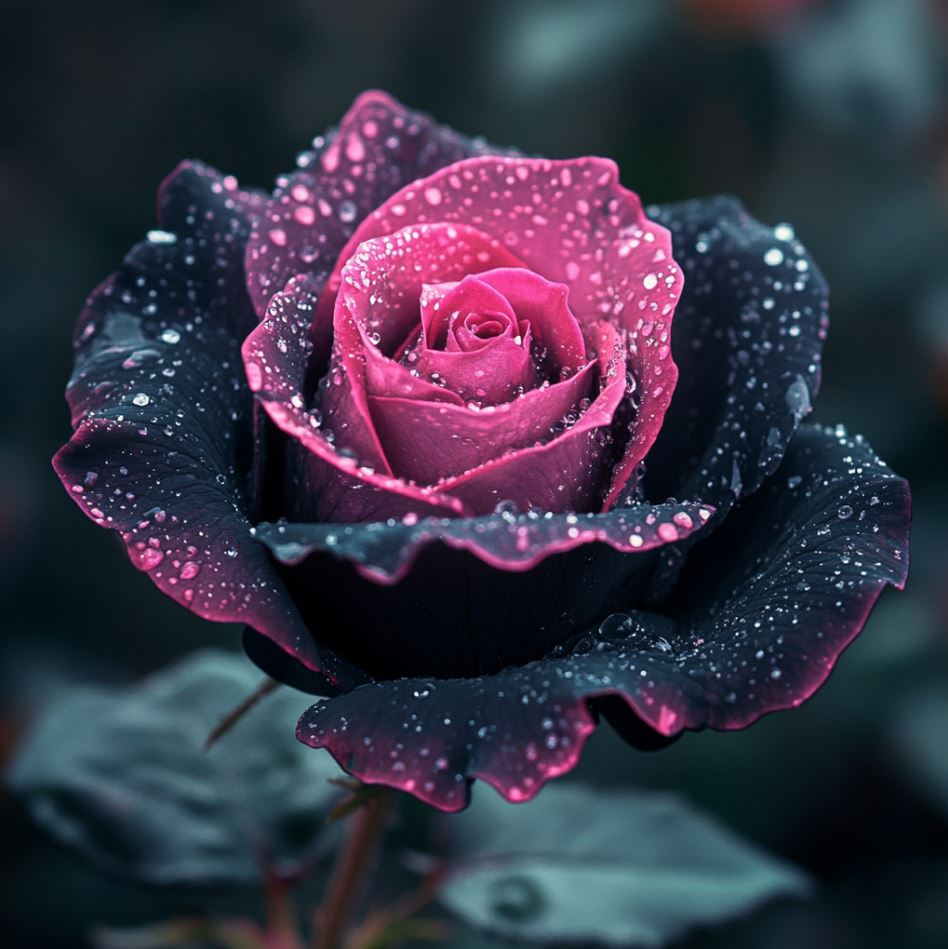The Begonia Moonlight Butterfly stands out as a remarkable gem in the realm of horticulture, captivating the hearts of gardeners and plant lovers alike with its stunning appearance and distinctive features. This detailed guide aims to thoroughly explore the charm, maintenance, and importance of this enchanting plant. It provides valuable insights that extend beyond simple growing techniques, delving into how this extraordinary species influences our lives and the ecosystems around us.
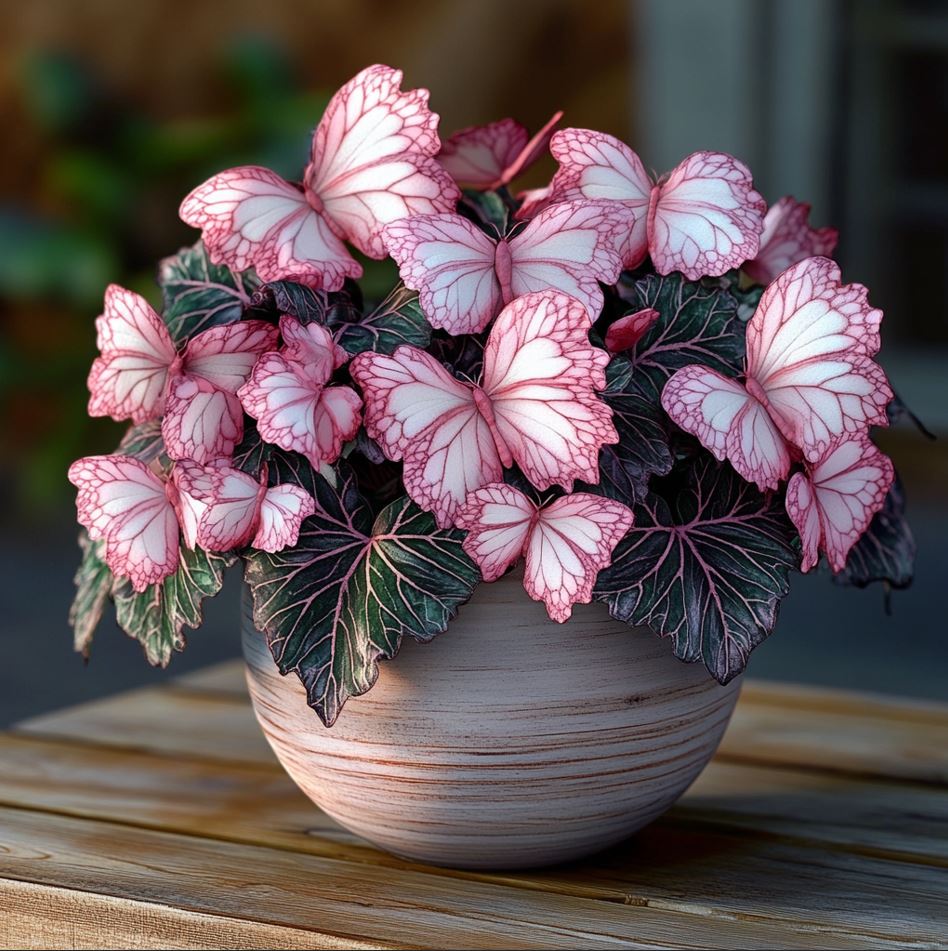
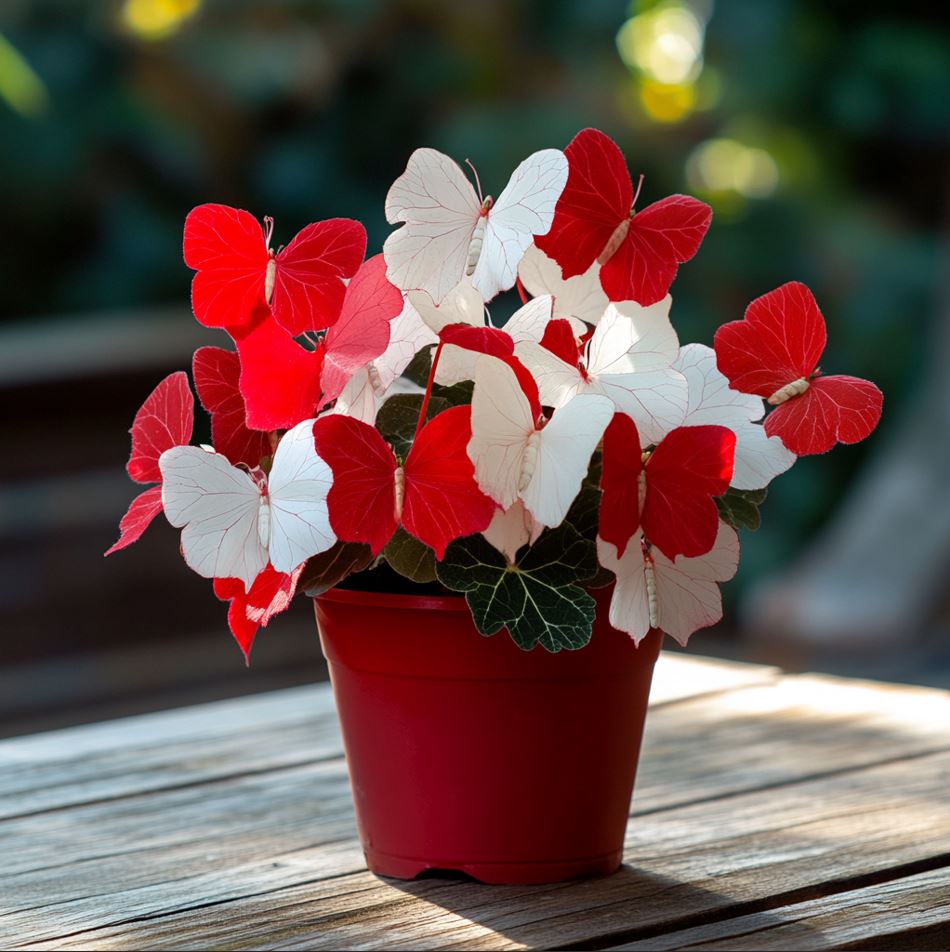
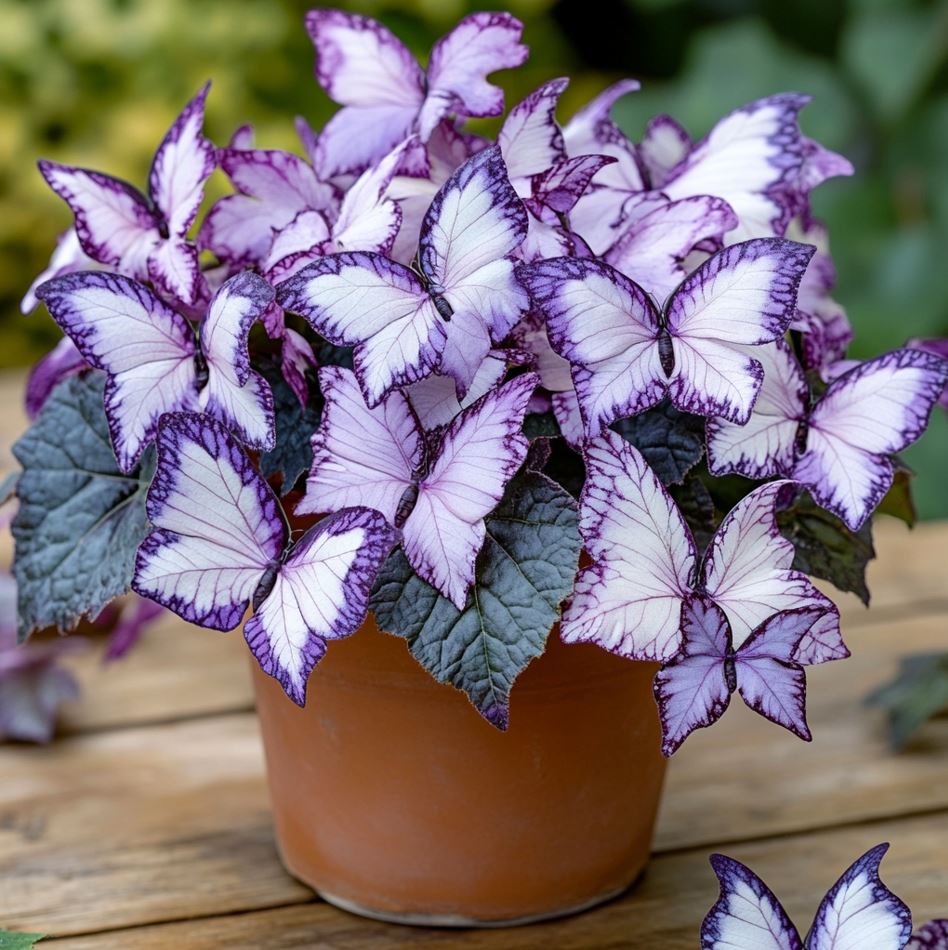
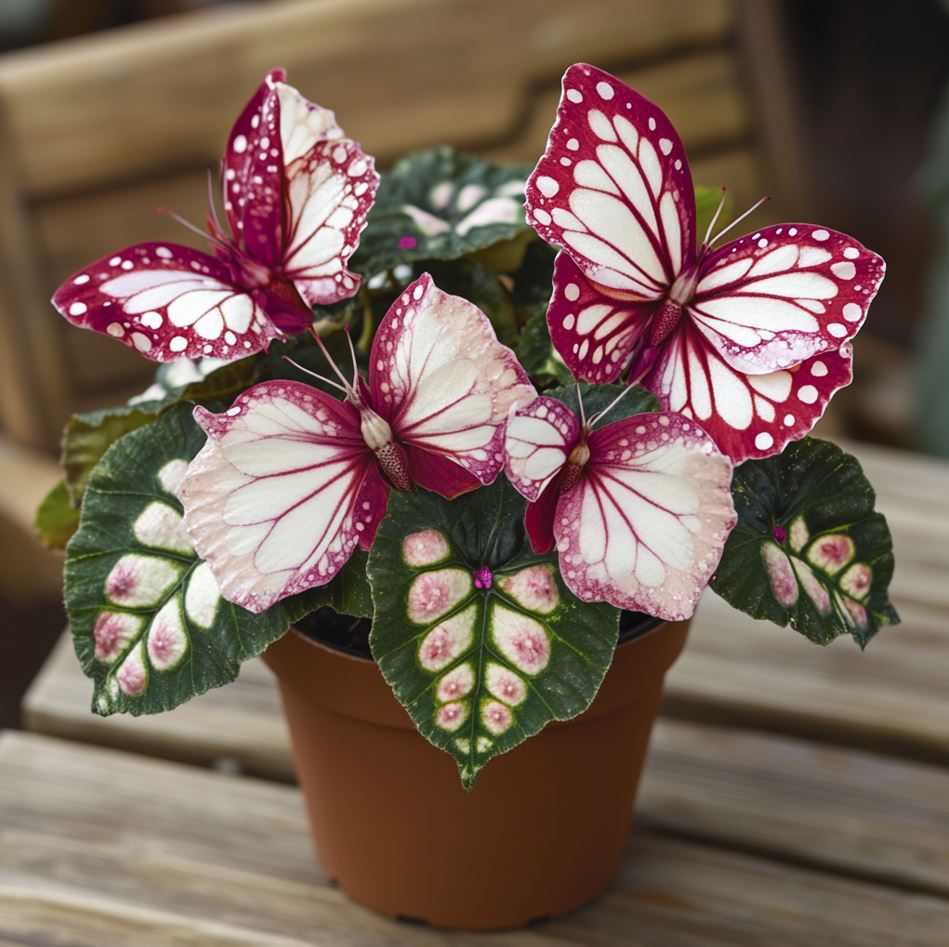
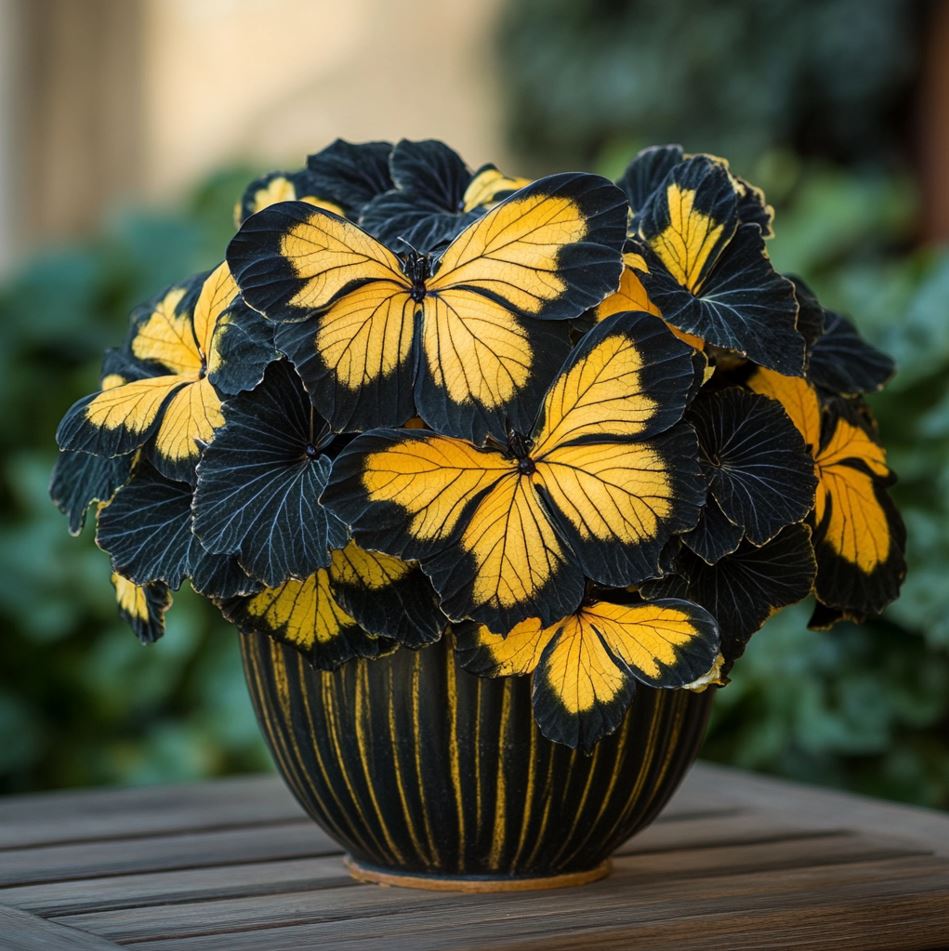
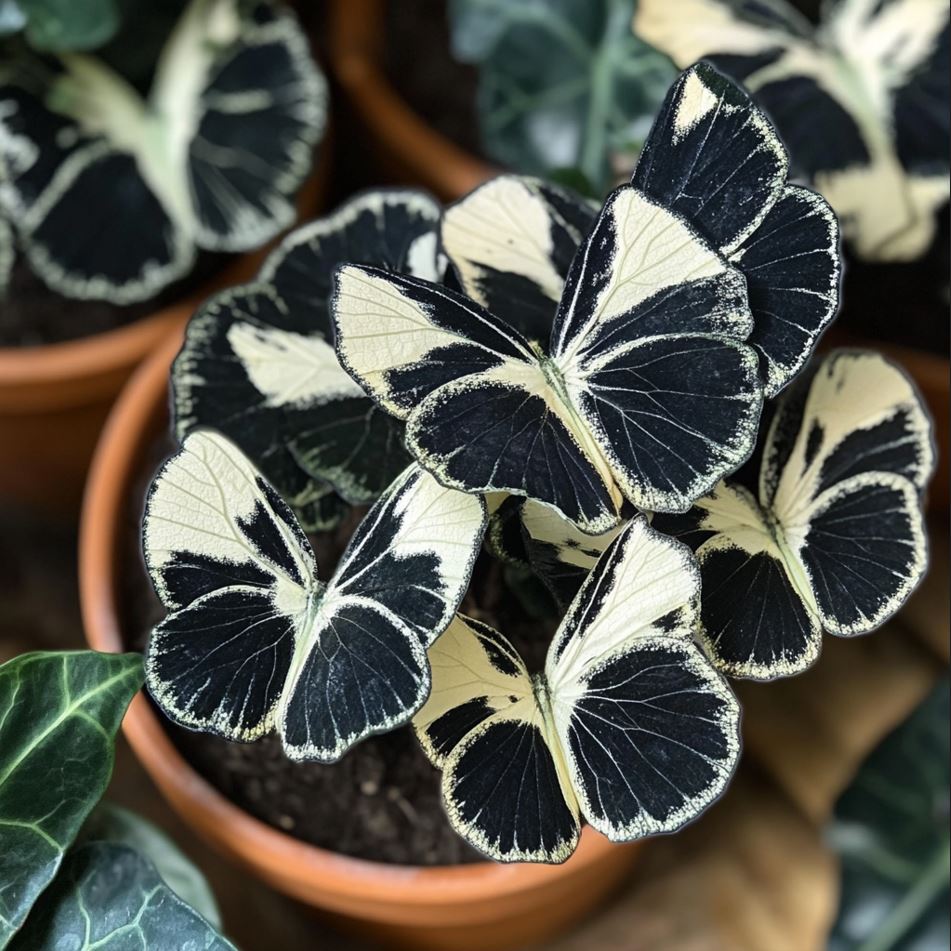
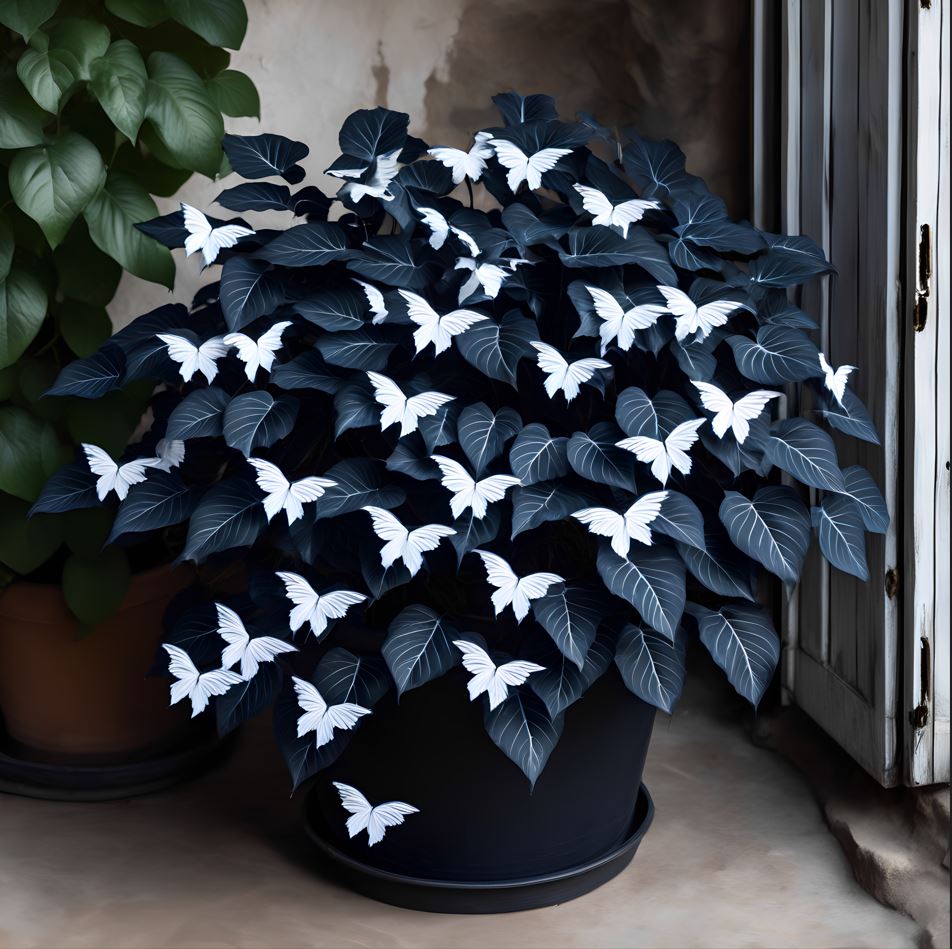
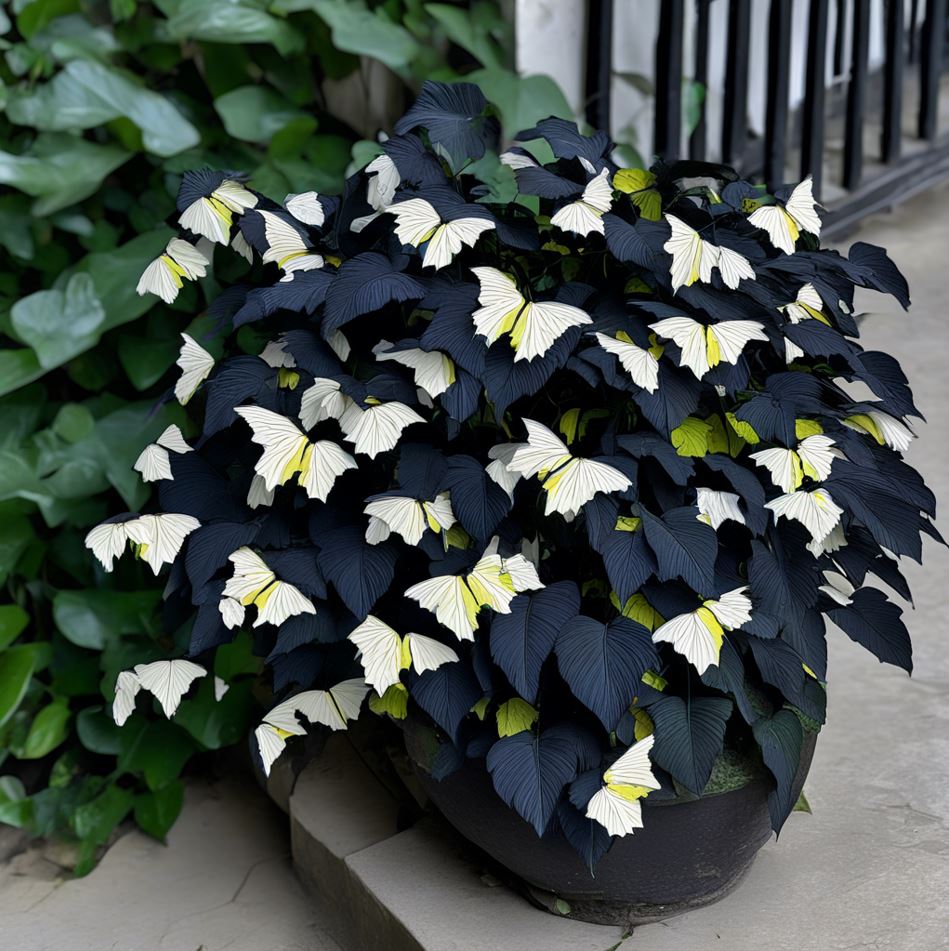
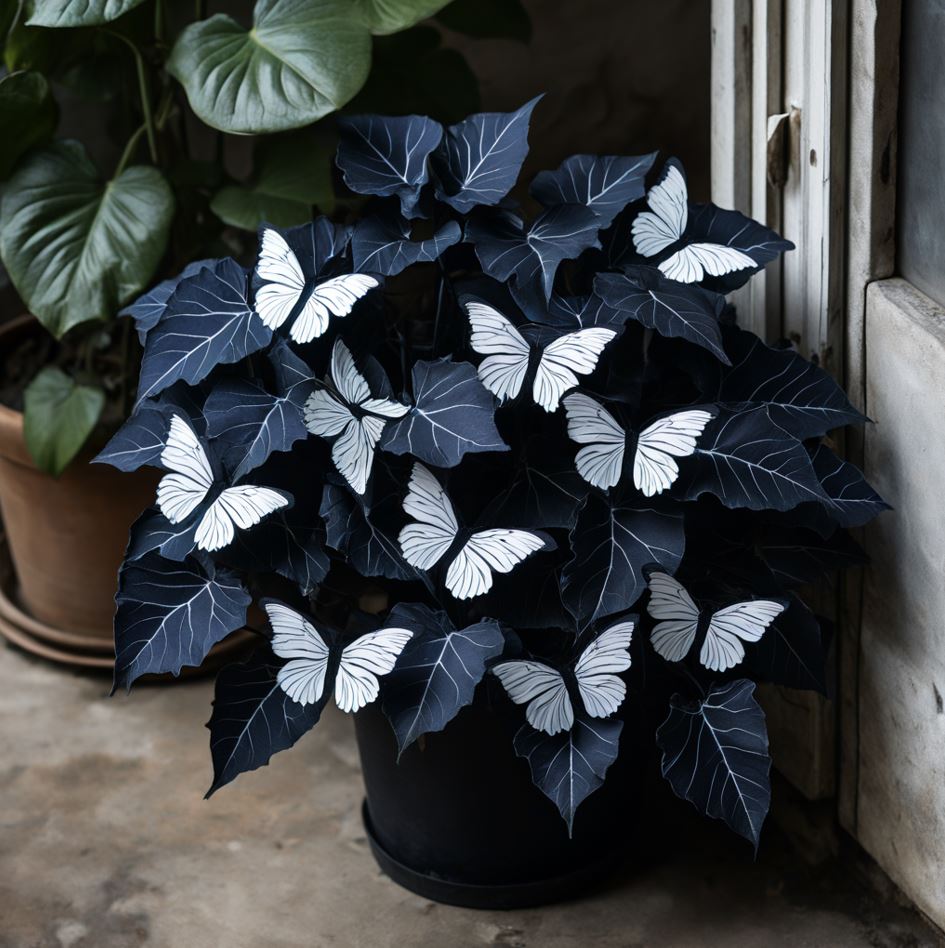
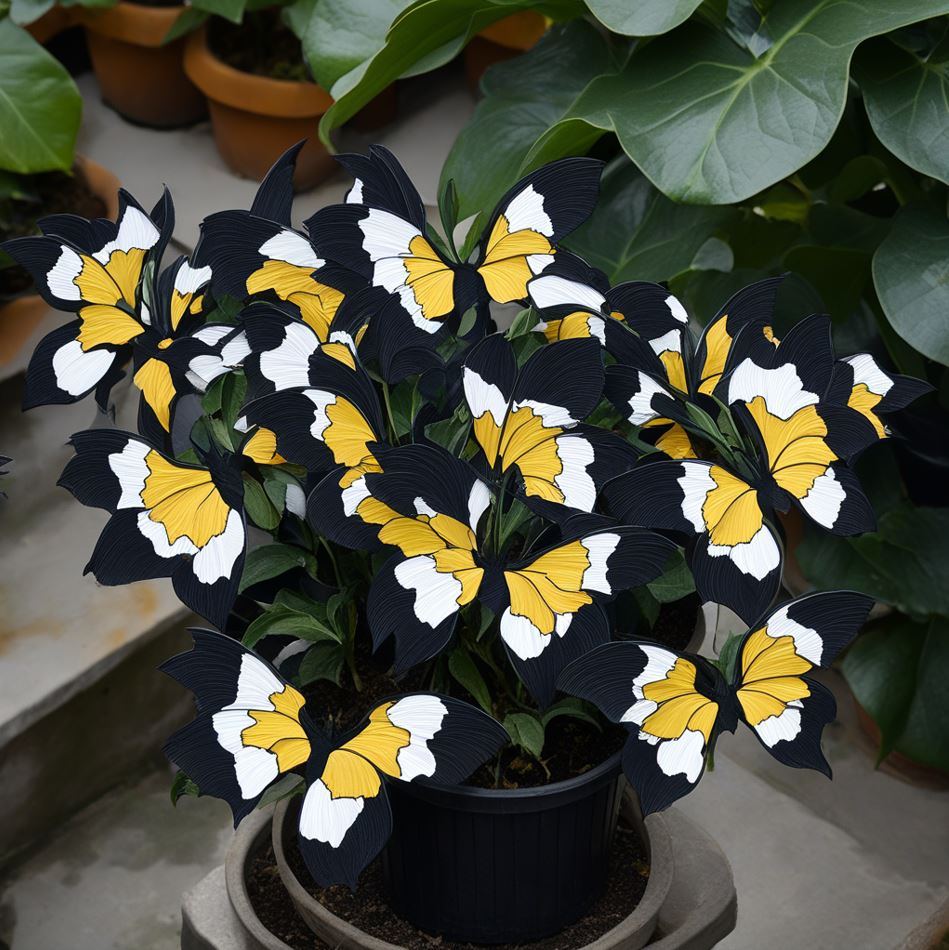
For those interested in crafting dramatic nighttime garden scenes, the Begonia Moonlight Butterfly lives up to its enchanting name. When illuminated with soft, upward-facing lights, the silvery sections of its leaves catch and reflect the light, producing an almost ethereal glow. This effect can transform an evening garden into a magical realm, enhancing its beauty and allure after sunset.
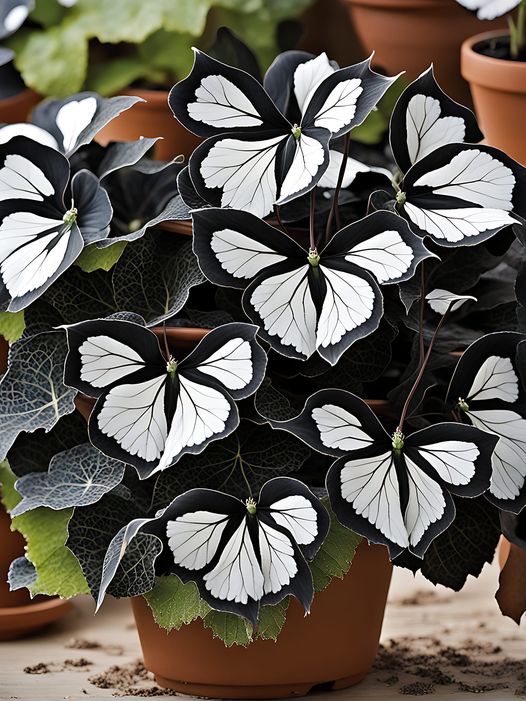

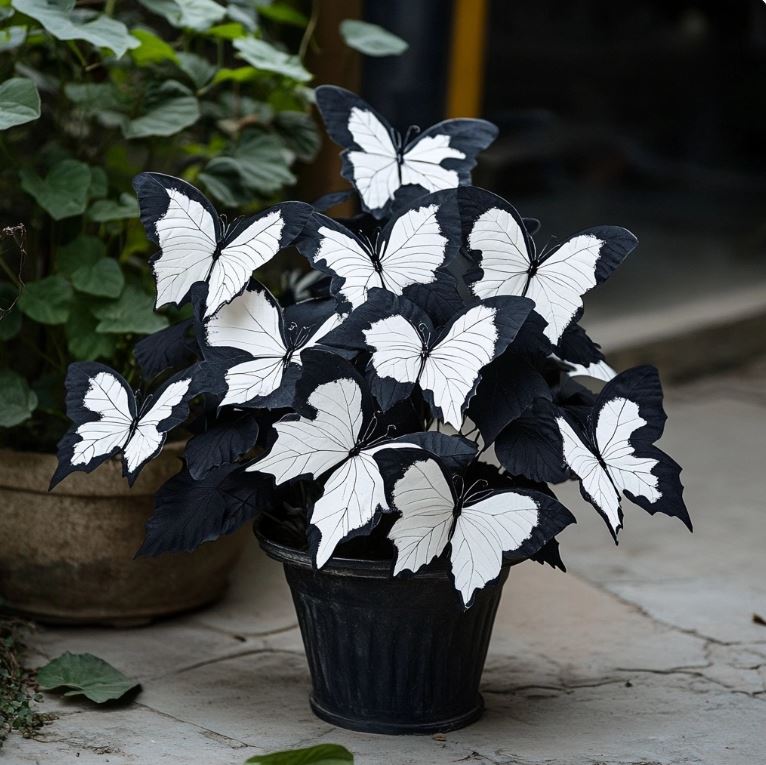
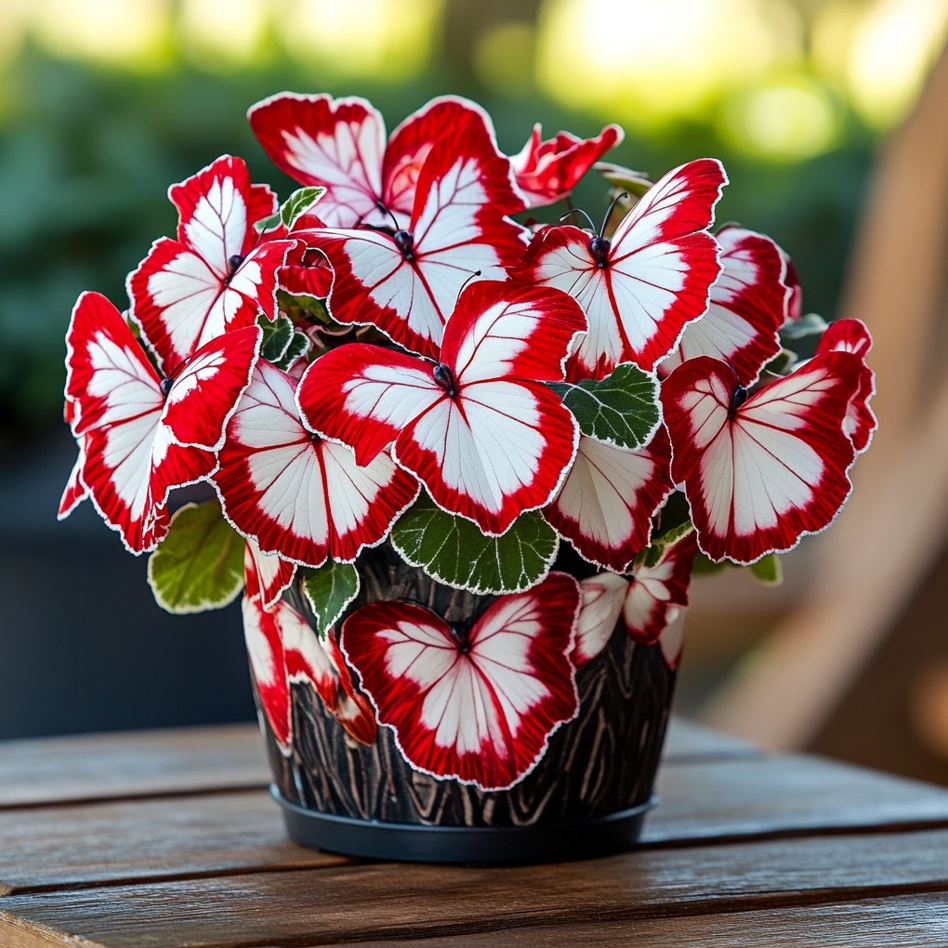
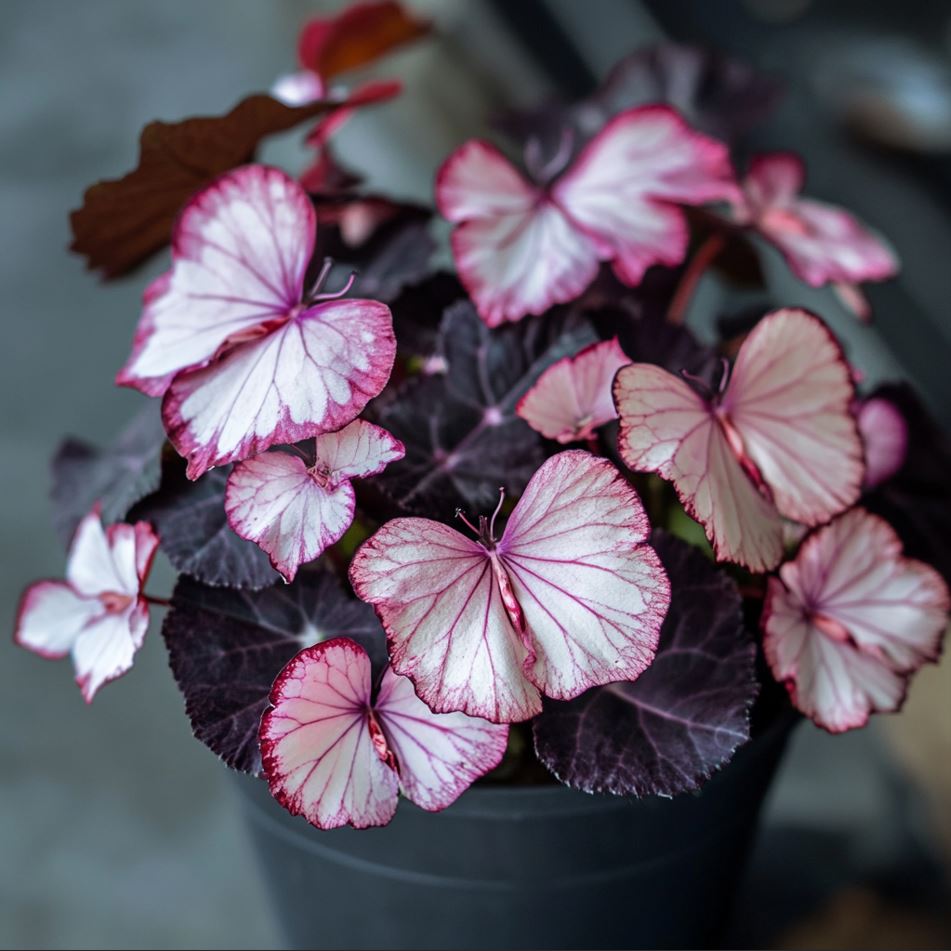
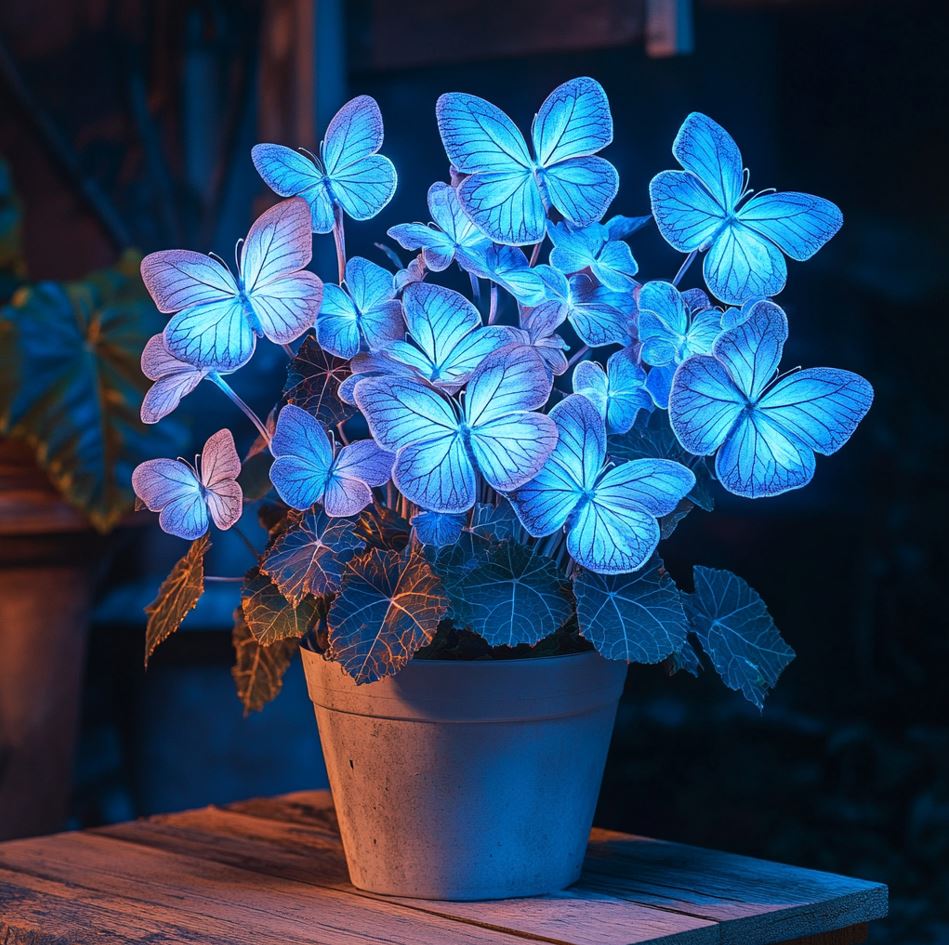
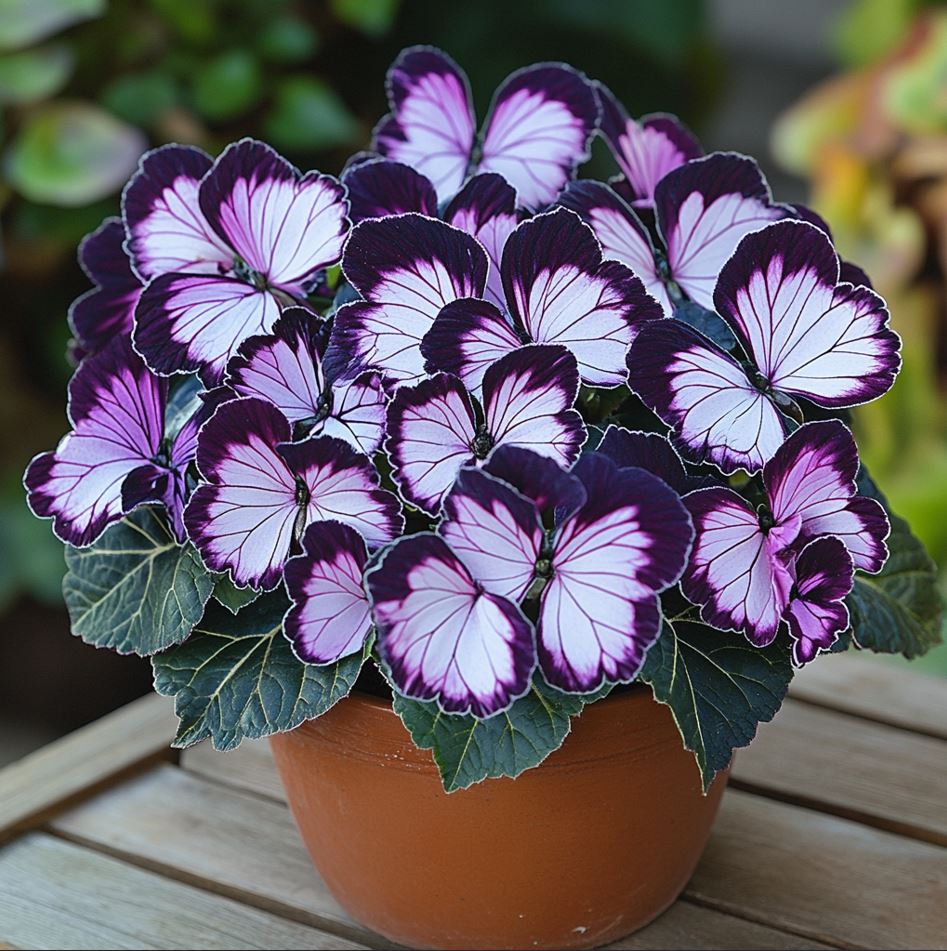
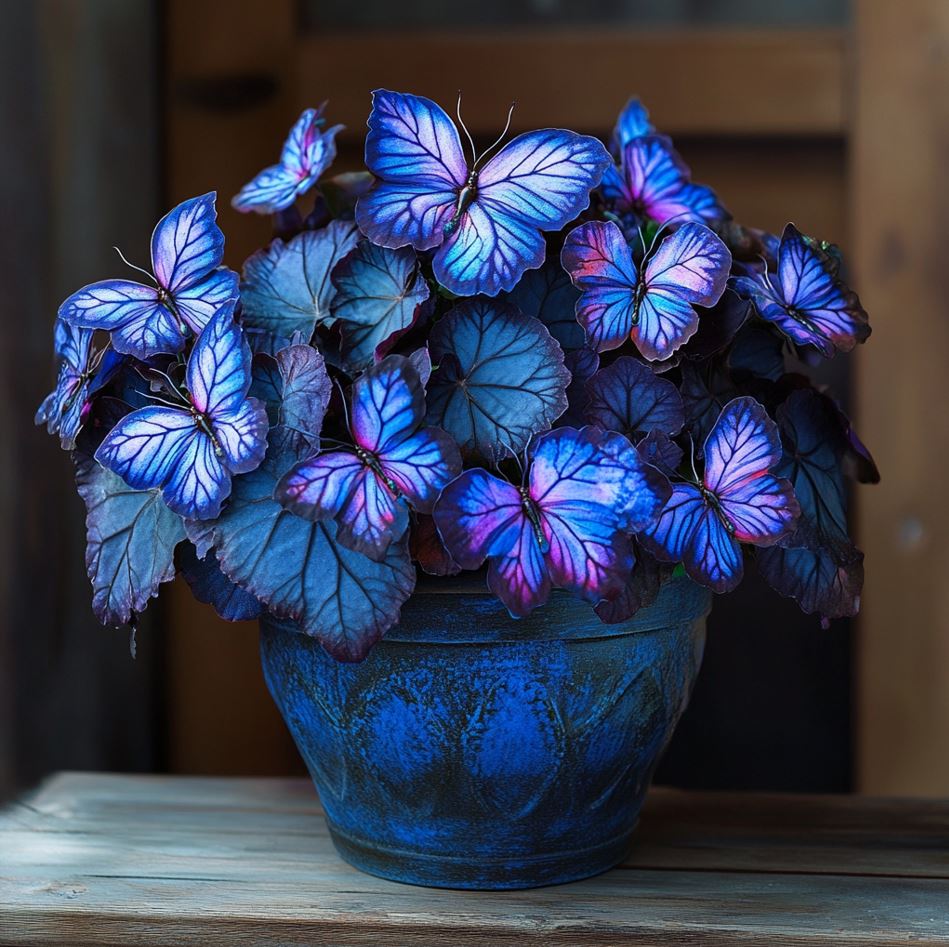
Moreover, the presence of begonias has a positive impact on soil health. As these plants grow, their extensive root systems help stabilize the soil, effectively reducing erosion and maintaining the integrity of the land. The organic matter produced from decaying plant materials further enriches the soil, creating a nutrient-rich environment that supports a diverse community of microorganisms. These microscopic organisms play a crucial role in breaking down organic matter and recycling nutrients, which in turn promotes overall plant health and contributes to the richness of biodiversity in the area. In summary, begonias are not just beautiful ornamental plants; they are vital components of their ecosystems, supporting a web of life that sustains both flora and fauna alike.
Effects on Local Ecosystems.The Begonia Moonlight Butterfly, when cultivated with care and responsibility, can have a significant positive influence on local ecosystems. Gardeners who choose to grow this particular plant can play a vital role in creating microhabitats that attract various forms of wildlife into urban environments. The plant’s lush foliage and striking flowers serve as a magnet for a diverse array of creatures, thereby fostering biodiversity even in densely populated city areas.When integrated thoughtfully into outdoor gardens, begonias can offer essential shelter and food sources for small wildlife. Birds, bees, and beneficial insects find both refuge and nourishment among the vibrant leaves and blossoms of these plants. This interaction not only supports individual species but also promotes a balanced ecosystem that enhances regional biodiversity, contributing to the overall health and vitality of our shared environment.
Furthermore, cultivating begonias, including the enchanting Moonlight Butterfly variety, presents an excellent opportunity for gardeners to engage in meaningful conservation practices. By opting for native begonia species or ensuring that their plants are sourced responsibly, individuals can actively support efforts aimed at preserving natural habitats while simultaneously enjoying the aesthetic beauty these remarkable plants provide.
In summary, the ecological significance of begonias goes well beyond their decorative appeal. By aiding in the promotion of biodiversity, stabilizing soil, and enriching local ecosystems, the Begonia Moonlight Butterfly and its relatives serve as a poignant reminder of our deep interconnectedness with nature. They highlight the importance of responsible stewardship and the need for us to be mindful caretakers of the environment we share with countless other living beings. Through such actions, we can contribute to a healthier planet for future generations.
Nurturing a Relationship with Nature.Incorporating the Begonia Moonlight Butterfly into your daily life can significantly strengthen your bond with the natural world. Interacting with this particular plant is not merely about its visual appeal; it brings forth a wide array of advantages that contribute positively to our overall well-being and heighten our awareness of environmental issues. This segment will delve into the various benefits associated with cultivating begonias, as well as the valuable educational experiences they offer in promoting conservation awareness.By nurturing the Begonia Moonlight Butterfly, you engage in a form of gardening that transcends mere decoration. The act of caring for plants can be therapeutic, providing mental health benefits such as reduced stress and increased feelings of tranquility. Additionally, these beautiful begonias serve as a reminder of the importance of biodiversity and the role each species plays in our ecosystem.
Moreover, growing begonias can serve as an excellent educational tool, especially for those interested in environmental conservation. Through the process of planting, nurturing, and observing the growth of these plants, individuals can learn about their specific needs, the significance of pollinators, and the broader implications of habitat preservation. This hands-on experience fosters a deeper understanding of ecological balance and encourages responsible stewardship of our planet.
In summary, integrating the Begonia Moonlight Butterfly into your life not only enhances your living space but also enriches your connection to nature, promotes personal well-being, and provides meaningful insights into the importance of conservation efforts.
Advantages of Cultivating Begonias in Your Garden.Engaging in gardening with the Begonia Moonlight Butterfly offers a wealth of mental and emotional advantages that can significantly enhance one’s well-being. The process of caring for a living plant not only encourages mindfulness but also serves as a therapeutic outlet for stress relief. When you dedicate time to nurture this beautiful plant, you cultivate a sense of accomplishment that can be incredibly fulfilling. Watching your begonia thrive fosters patience and deepens your appreciation for the intricate cycles of nature, reminding you of the beauty and resilience found in the natural world.Research has indicated that spending time with plants can trigger the production of dopamine, a neurotransmitter associated with feelings of pleasure and happiness. This means that simply interacting with your Begonia Moonlight Butterfly can elevate your mood and instill a sense of joy. Furthermore, the soothing nature of tending to plants acts as an effective remedy against the stresses of contemporary life. In a world filled with constant digital distractions, gardening provides a much-needed opportunity to unplug and reconnect with the earth, allowing individuals to find solace in the simplicity of nurturing life.
Moreover, the sensory experience involved in gardening is particularly enriching. The act of touching the various textures of leaves, soil, and flowers engages your senses in a profound way. This tactile interaction can evoke cherished memories and positive emotions, further enhancing the overall enjoyment of the gardening experience. It’s not just about the visual appeal; it’s about immersing yourself in a multi-sensory journey that brings joy and tranquility.
Creating indoor green spaces featuring begonias also contributes positively to your living environment. These plants play a crucial role in improving air quality by absorbing carbon dioxide and releasing oxygen, which is essential for a healthy home atmosphere. Additionally, they have the ability to filter out pollutants and can even help regulate indoor humidity levels, making your space more comfortable and inviting. Thus, incorporating Begonia Moonlight Butterflies into your indoor gardening efforts not only beautifies your surroundings but also promotes a healthier lifestyle. Overall, the benefits of gardening extend far beyond mere aesthetics, offering a holistic approach to enhancing both mental and physical health.
Learning Opportunities for Conservation Awareness.Gardening with the Begonia Moonlight Butterfly offers a remarkable opportunity to educate individuals about the importance of conservation. As people learn the intricacies of caring for these beautiful plants, they also develop a deeper understanding of the fragile balance that exists within ecosystems and the critical need to maintain biodiversity. This educational aspect is vital in fostering a sense of responsibility towards our environment.For families, involving children in the nurturing of begonias can ignite a sense of wonder and curiosity about the natural world around them. Parents can seize this chance to impart knowledge about various topics such as plant biology, the process of photosynthesis, and the essential roles that plants play in sustaining life on Earth. This interactive experience not only enhances children’s learning but also instills a profound respect for all living beings. By engaging with nature in this way, future generations are more likely to prioritize conservation efforts, recognizing their importance in maintaining ecological balance.
Moreover, community gardening projects that focus on begonias can serve as a catalyst for raising awareness and encouraging participation in local environmental matters. These initiatives bring together individuals from diverse backgrounds, allowing them to share their knowledge, resources, and experiences related to gardening and conservation. Such collaborative efforts can strengthen communal bonds and foster a shared commitment to protecting and preserving our planet for future generations.
In conclusion, engaging with the Begonia Moonlight Butterfly not only allows individuals to forge a meaningful connection with nature but also provides significant mental health benefits while enhancing awareness of conservation issues. Through the appreciation of this stunning plant, we can celebrate the marvels of the natural world and motivate others to join us in our mission to safeguard it. By cultivating a love for gardening and an understanding of ecological principles, we can inspire a collective movement toward environmental stewardship.
Tailoring Your Begonia Journey.Establishing a personal bond with your Begonia Moonlight Butterfly can significantly enhance your overall gardening journey. In this segment, we will explore the process of selecting the ideal pot and accessories that complement this beautiful plant. Additionally, we will discuss imaginative methods for pairing the Moonlight Butterfly with other plant varieties to craft visually striking arrangements.Choosing the right pot is crucial, as it not only affects the aesthetic appeal but also the health of your Begonia. Consider factors such as size, material, and drainage capabilities when making your selection. A pot that allows for proper drainage will help prevent root rot, while one that complements the colors and textures of the Moonlight Butterfly can create a harmonious look in your garden or indoor space.
Furthermore, accessorizing your Begonia can add an extra layer of charm. Think about using decorative stones, unique saucers, or even plant stands that elevate your arrangement and draw attention to the beauty of the Moonlight Butterfly.
When it comes to pairing your Begonia with other plants, the possibilities are endless. You might consider combining it with ferns, which can provide a lush backdrop, or flowering plants that offer contrasting colors. By thoughtfully arranging these plants together, you can create a vibrant display that showcases the unique features of each species while enhancing the overall visual impact of your gardening setup.
In summary, nurturing a connection with your Begonia Moonlight Butterfly involves careful consideration of its potting needs and creative pairing with other plants, ultimately leading to a more fulfilling and aesthetically pleasing gardening experience.
Selecting the Appropriate Pot and Accessories.Choosing the appropriate pot for your Begonia Moonlight Butterfly is a decision that requires careful thought, taking into account both visual appeal and practical functionality. It’s essential to select pots that not only enhance the vibrant colors and intricate patterns of the plant but also ensure proper drainage. This is crucial in preventing issues related to overwatering, which can be detrimental to the health of your Begonia. Terracotta and ceramic pots are often favored options because they allow for air circulation and help maintain balanced moisture levels within the soil.In addition to aesthetics, the size of the pot plays a significant role in the overall growth and health of your plant. A pot that is too small can hinder the development of the roots, limiting the plant’s growth potential. Conversely, a pot that is excessively large may lead to water retention problems, which can cause root rot. A general guideline for repotting is to choose a container that is about 1 to 2 inches wider in diameter than the current root ball of your Begonia. This provides enough space for the roots to expand while still allowing for effective moisture management.
Moreover, incorporating accessories such as decorative saucers, plant stands, and hanging planters can significantly elevate the presentation of your plant. When selecting these accessories, aim for those that not only showcase the beauty of the Moonlight Butterfly but also serve a functional purpose. For example, a decorative saucer can effectively catch any excess water that drains from the pot, all while adding an elegant touch to your display.
Additionally, it’s important to consider the placement of your Begonia to ensure it receives optimal light exposure. Positioning your Moonlight Butterfly on a plant stand can enhance its visibility and create a striking focal point in your living space. This elevation not only helps in maximizing light access but also adds an element of visual interest, making your plant a captivating feature in your home décor. By thoughtfully considering these aspects, you can create a thriving environment for your Begonia Moonlight Butterfly that is both beautiful and functional.
Innovative Combinations with Other Plants.Combining the Begonia Moonlight Butterfly with carefully chosen companion plants can lead to stunning arrangements that elevate both indoor and outdoor spaces. When selecting these accompanying plants, it’s important to consider those that share similar light and moisture needs to ensure they thrive together harmoniously.For instance, ferns and peace lilies make fantastic companions for the Moonlight Butterfly. These plants not only provide a beautiful contrast in texture and color but also enhance the overall visual appeal of the begonia. Their lush green foliage thrives in indirect light, which aligns perfectly with the care requirements of the Moonlight Butterfly, creating a cohesive and attractive display.
Moreover, adding trailing plants like pothos or string of hearts can introduce an element of dynamism to your arrangements. These plants have a tendency to cascade over the edges of pots or planters, producing a lovely flowing effect that captures attention and adds depth to your design.
Engaging in the art of arranging plants allows for limitless creativity. You can experiment with varying heights, colors, and textures to create visually striking combinations. Additionally, designing themed arrangements based on specific color schemes or seasonal inspirations can infuse your space with a unique personality and charm. Strive for a sense of balance in your arrangements while ensuring that each plant has enough space to shine and exhibit its individual beauty.
In summary, personalizing your experience with the Begonia Moonlight Butterfly involves a thoughtful selection of pots, decorative accessories, and companion plants that resonate with your personal style and preferences. This level of customization not only enhances the aesthetic appeal of your gardening efforts but also transforms your journey into a fulfilling expression of creativity and individuality. By thoughtfully curating your plant selections, you can create a vibrant and inviting atmosphere that reflects your unique taste and passion for gardening.
Tips for Seasonal Care.Taking care of the Begonia Moonlight Butterfly involves making specific adjustments to accommodate the changing seasons. This part will delve into the necessary modifications for winter care, ensuring your plant thrives during the colder months. Additionally, it will provide valuable insights on how to prepare your Begonia for the robust growth that typically occurs in summer.During winter, it’s essential to recognize that the Begonia Moonlight Butterfly may require different conditions compared to other times of the year. The drop in temperatures and reduced daylight can affect its growth patterns. Therefore, you should consider relocating your plant to a warmer area of your home, away from drafts and cold windows. Reducing watering frequency is also crucial, as the plant’s growth slows down significantly in winter; overwatering can lead to root rot.
As spring approaches and the days begin to lengthen, it’s time to start preparing your Begonia for the active growing season ahead. This preparation may involve gradually increasing the amount of light your plant receives, as well as resuming a regular watering schedule. Fertilizing your Begonia with a balanced fertilizer can also help promote healthy growth as it enters the summer months. By understanding these seasonal adaptations, you can ensure that your Begonia Moonlight Butterfly remains healthy and vibrant throughout the year.
Modifications for Winter Maintenance.During the winter months, the Begonia Moonlight Butterfly enters a state that can be described as semi-dormant. This means that the plant’s growth slows down significantly, and as a result, it requires some modifications to your care routine to ensure its health and vitality. One of the most important adjustments you need to make is in your watering schedule. It’s essential to decrease the frequency of watering during this period. Specifically, you should allow the top inch of the soil to dry out completely before giving it another drink. Overwatering can create excessively moist conditions, which are detrimental to the plant, particularly when it is not actively growing. This excess moisture can lead to root rot, a serious condition that can ultimately harm or even kill your Begonia.Additionally, the reduced light levels typical of winter can pose challenges for the Moonlight Butterfly. To help your plant thrive despite these lower light conditions, you might want to consider providing supplemental lighting. A good option is to place the plant near a window that receives bright, indirect sunlight. If natural light is insufficient, investing in grow lights can be a beneficial solution. These lights can help ensure that your Begonia gets the adequate light it needs to maintain its health during the shorter days of winter.
Temperature is another crucial factor to keep in mind while caring for your Begonia during the colder months. It’s vital to maintain a stable indoor environment, as fluctuations in temperature or exposure to drafts can negatively impact the plant’s well-being. Begonias generally prefer a temperature range between 60°F and 75°F (15°C to 24°C). Therefore, keeping your Moonlight Butterfly within this temperature range is essential for promoting its overall health and preventing stress. By paying attention to these specific care requirements during winter, you can help ensure that your Begonia Moonlight Butterfly remains healthy and vibrant throughout the season.
Getting Ready for Summer Expansion.As spring gradually gives way to the warmth of summer, the Begonia Moonlight Butterfly begins to stir from its period of dormancy. This transition marks an ideal moment for you to reevaluate your care regimen and make necessary adjustments to prepare the plant for its upcoming active growth phase. One of the key changes involves increasing the frequency of watering. It’s important to do this incrementally, ensuring that the soil remains consistently moist without becoming waterlogged or soggy, as excessive moisture can lead to root rot.During the summer months, fertilization becomes particularly crucial. The Begonia Moonlight Butterfly will be in a phase where it actively seeks out additional nutrients to support its vigorous growth. To facilitate this, you should establish a regular feeding schedule using a balanced fertilizer. This will not only promote lush green foliage but also encourage the production of vibrant blooms, enhancing the overall beauty of the plant.
In addition to watering and fertilizing, pruning may also be an important task as you prepare for the summer growth spurt. Take the time to remove any dead or yellowing leaves; this practice is beneficial for several reasons. Not only does it promote fresh new growth, but it also improves air circulation around the plant. Enhanced airflow can significantly reduce the risk of disease, helping to keep your Begonia healthy and thriving.
Another consideration during this seasonal transition is the potential relocation of your Moonlight Butterfly outdoors, provided that the environmental conditions are suitable. If possible, placing the plant on a shaded porch or balcony can allow it to bask in natural sunlight while still receiving the dappled light it prefers. However, it’s essential to acclimate the plant gradually to outdoor conditions to prevent shock, which can occur if the change is too abrupt.
In conclusion, adapting your care routine according to the seasons is vital for maintaining a flourishing Begonia Moonlight Butterfly. By making thoughtful adjustments in response to the changing weather—such as increasing watering, implementing a fertilization schedule, pruning for health, and considering outdoor placement—you can ensure that your plant remains vibrant and beautiful throughout the year. With these careful considerations, you’ll be well-equipped to support your Begonia as it thrives during the lively summer months.
Resolving Frequent Problems.Facing difficulties while nurturing your Begonia Moonlight Butterfly is an integral aspect of the gardening experience. As a gardener, it’s essential to recognize and tackle frequent problems that may arise, such as changes in leaf color or slow growth. By understanding the underlying causes of these issues and taking appropriate measures to resolve them, you can help ensure that your plant remains healthy and vibrant. This proactive approach not only supports the well-being of your Begonia but also enhances your skills and knowledge as a gardener, making the entire process more rewarding. Embracing these challenges will ultimately contribute to a flourishing garden and a deeper appreciation for the art of plant care.### Leaf Color Changes and Their Reasons.Noticing discoloration in the leaves of your Moonlight Butterfly plant can be quite concerning for any plant enthusiast. This change in leaf color can stem from a variety of issues, including environmental stressors and nutrient deficiencies that may affect the overall health of your plant.When you observe yellowing leaves, it is often a sign of overwatering, which can lead to root rot—a serious condition that can jeopardize the life of your plant. If the yellowing is accompanied by wilting, it’s essential to check the moisture levels of the soil. Consistently wet soil indicates that you may need to cut back on watering. Additionally, inspecting the roots for signs of rot is crucial; if they appear mushy or discolored, you might need to take corrective measures. This could involve repotting the plant into fresh, well-draining soil to help rejuvenate its health.
On the other hand, if you notice that the leaves are pale or faded, this could point to insufficient lighting conditions. A Moonlight Butterfly that is stretching toward a light source or has a washed-out appearance may be signaling that it needs more light. In such cases, consider moving the plant to a brighter location where it can receive indirect sunlight. However, it’s important to transition it gradually to avoid shocking the plant. By doing so, you can help restore the vibrant colors of the leaves and improve the overall aesthetic of your plant.
Furthermore, brown tips or edges on the leaves can indicate issues related to underwatering or low humidity levels. It’s vital to evaluate your watering schedule and ensure that you are providing adequate moisture. Increasing humidity around the plant can also be beneficial; this can be achieved through methods like misting the leaves regularly or placing a humidifier nearby. Keeping the leaves adequately hydrated not only enhances their appearance but also contributes significantly to the overall health and vitality of your Moonlight Butterfly. By paying close attention to these signs and making necessary adjustments, you can foster a thriving environment for your beloved plant.
Tackling Stunted Growth.Stunted growth in plants can arise from a variety of factors, but the primary reasons often include insufficient light exposure, lack of essential nutrients, or the presence of pests. If you notice that your Moonlight Butterfly plant seems to have stopped growing, it’s crucial to first assess its lighting conditions. Plants require adequate light for photosynthesis, which is vital for their growth. If the plant is not receiving enough light, it may struggle to thrive, leading to slow or halted growth. In such cases, consider moving the plant closer to a natural light source or providing supplemental artificial lighting to ensure it gets the brightness it needs.Another significant factor that can contribute to stunted growth is nutrient deficiencies. Plants rely on a balanced supply of nutrients to support their development and overall health. If your Moonlight Butterfly has not been fertilized recently, it might be lacking in key nutrients necessary for growth. To remedy this, establish a consistent fertilization routine during the growing season, using a balanced fertilizer that provides a mix of essential nutrients. This can help revitalize your plant and encourage it to resume healthy growth.
Additionally, it’s important to inspect your plant for any signs of pest infestations. Even small numbers of pests can sap the energy from your Moonlight Butterfly, leading to sluggish growth and other health issues. Regularly checking the leaves and stems for any unusual spots, webs, or tiny insects is essential. If you do discover pests, implement appropriate pest management strategies as previously discussed to eliminate these unwanted invaders and protect your plant’s vitality.
In summary, addressing common problems like leaf discoloration and stunted growth requires vigilant observation and timely action. By sharpening your ability to notice subtle changes in your plant’s condition and responding quickly to any signs of distress, you can effectively nurture your Begonia Moonlight Butterfly back to a state of robust health and vigor. This proactive approach will not only enhance the beauty of your plant but also contribute to its long-term well-being.
Integrating Begonia Moonlight Butterfly into Interior Design.Incorporating the stunning allure of the Begonia Moonlight Butterfly into your interior design can truly transform any area, creating a peaceful and welcoming atmosphere. This exquisite plant not only enhances home decor but also allows for the creation of beautiful indoor plant arrangements that can serve as focal points in your living space. The unique patterns and vibrant colors of its leaves can add depth and character to your surroundings, making a bold statement that reflects your personal style. By strategically placing this remarkable plant throughout your home, you can cultivate an environment that is both aesthetically pleasing and soothing, inviting relaxation and tranquility into your daily life. Whether used as a standalone piece or as part of a larger arrangement, the Begonia Moonlight Butterfly has the potential to elevate your interior spaces significantly.### Improving Home Decoration.The Moonlight Butterfly plant is truly a remarkable addition to any interior space, thanks to its unique leaf patterns and striking colors. Its eye-catching appearance makes it an ideal focal point, whether it’s displayed on a coffee table, perched on a windowsill, or nestled among books on a shelf. This plant not only enhances the aesthetic of a room but also serves as a conversation starter, inviting guests to admire its beauty and learn more about it.When incorporating the Begonia Moonlight Butterfly into your home decor, it’s essential to consider the overall color scheme and style of your environment. The plant’s silvery-green foliage can seamlessly blend with neutral color palettes, making it a perfect fit for minimalist or bohemian designs. On the other hand, if you choose to place it alongside bold, colorful furniture or accessories, it can create a striking contrast that adds depth and visual interest to the space.
Selecting the right decorative pot is crucial in achieving your desired design aesthetic. For a contemporary look, you might opt for sleek ceramic pots that provide a polished finish. Alternatively, rustic terracotta pots can evoke a more natural, earthy feel, enhancing the organic qualities of the plant. To further elevate the overall ambiance, consider adding complementary design elements such as textured throws, stylish cushions, or captivating wall art. These additional touches will help to create a harmonious and cohesive environment that showcases the stunning beauty of the Moonlight Butterfly while ensuring it remains a standout feature in your home.
